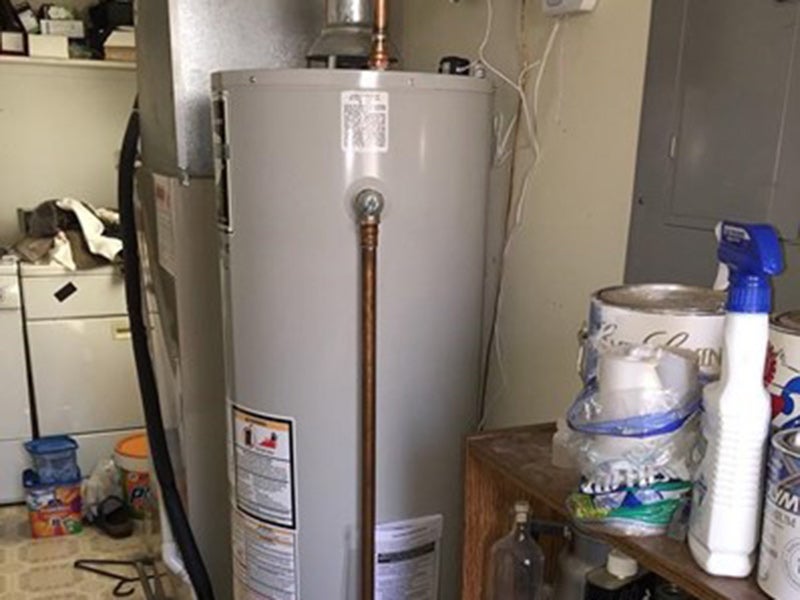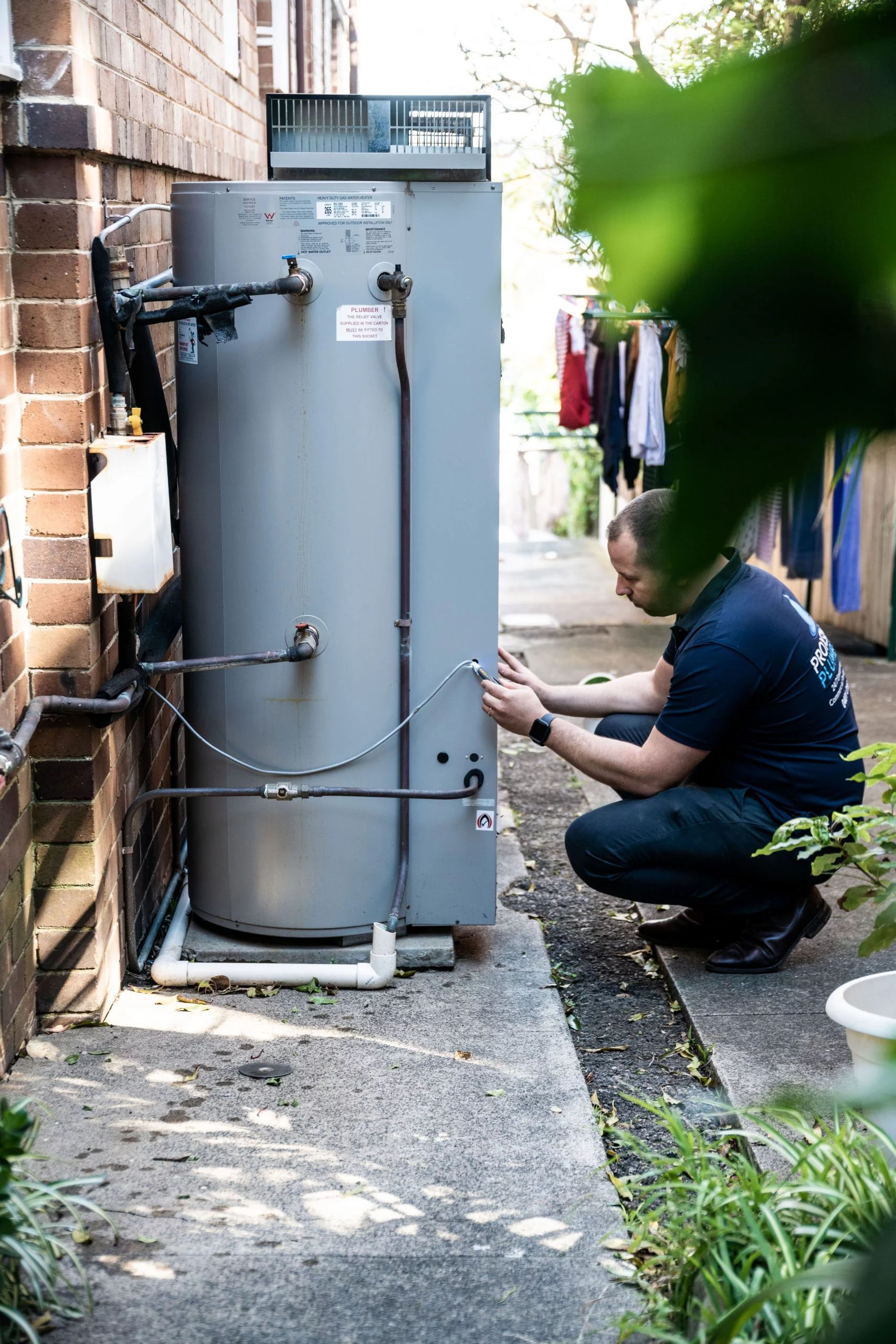Key Care Techniques for Your Home's Hot Water System
Key Care Techniques for Your Home's Hot Water System
Blog Article
Just how do you actually feel on the subject of What Kind of Maintenance Do Water Heaters Need??

Warm water is crucial for daily comfort, whether it's for a revitalizing shower or washing meals. To guarantee your hot water system runs effectively and lasts much longer, regular upkeep is vital. This short article offers functional tips and insights on just how to keep your home's hot water system to prevent disturbances and costly repair services.
Intro
Maintaining your home's hot water system may appear daunting, however with a couple of straightforward steps, you can ensure it runs efficiently for several years to come. This guide covers whatever from recognizing your warm water system to DIY maintenance suggestions and understanding when to call professional help.
Significance of Maintaining Your Hot Water System
Routine upkeep not just expands the lifespan of your hot water system but likewise ensures it operates effectively. Overlooking maintenance can result in decreased efficiency, greater power expenses, and even premature failing of the system.
Indicators Your Warm Water System Requirements Maintenance
Knowing when your warm water system requires interest can avoid major concerns. Keep an eye out for indications such as inconsistent water temperature, weird sounds from the heating unit, or rusty water.
Flushing the Water Heater
Purging your water heater gets rid of sediment buildup, enhancing efficiency and extending its life.
Checking and Replacing Anode Rods
Anode poles avoid deterioration inside the storage tank. Inspecting and replacing them when broken is vital.
Complex Problems Requiring Expert Aid
Examples consist of major leakages, electrical issues, or if your water heater is continually underperforming.
Routine Specialist Maintenance Perks
Specialist maintenance can consist of comprehensive evaluations, tune-ups, and guaranteeing conformity with security requirements.
Examining and Adjusting Temperature Level Setups
Adjusting the temperature settings makes sure ideal efficiency and safety.
DIY Tips for Upkeep
You can perform several upkeep tasks yourself to maintain your warm water system in leading problem.
Checking for Leaks
Consistently inspect pipes and links for leakages, as these can lead to water damage and higher expenses.
Recognizing Your Hot Water System
Before diving into upkeep jobs, it's helpful to recognize the basic components of your hot water system. Normally, this consists of the hot water heater itself, pipelines, anode poles, and temperature controls.
Monthly Maintenance Tasks
Routine regular monthly checks can aid capture small issues before they escalate.
Evaluating Pressure Relief Valves
Checking the stress safety valve guarantees it works appropriately and prevents excessive pressure build-up.
Shielding Pipes
Protecting warm water pipelines reduces heat loss and can save power.
When to Call a Specialist
While do it yourself upkeep is beneficial, some problems need specialist expertise.
Conclusion
Regular maintenance of your home's hot water system is necessary for performance, long life, and cost savings. By following these suggestions and understanding when to look for specialist aid, you can make certain a dependable supply of warm water without unanticipated disturbances.
How to Maintain an Instant Hot Water Heater
Before tinkering with your hot water heater, make sure that it’s not powered on. You also have to turn off the main circuit breaker and shut off the main gas line to prevent accidents. Also turn off the water valves connected to your unit to prevent water from flowing into and out of the appliance. 2. When you’re done, you have to detach the purge valves’ caps. These look like the letter “T†and are situated on either side of the water valves. Doing so will release any pressure that has accumulated inside the valves while at the same time avoid hot water from shooting out and burning your skin. 3. When the purge valves’ caps are removed, you have to connect your hosing lines to the valves. Your unit should have come with three hoses but if it didn’t, you can purchase these things from any hardware or home repair shops. You can also get them from retail stores that sell water heating systems. Read the user’s manual and follow it to complete this task properly. When the hosing lines are connected, open the purge port’s valves. 4. You should never use harsh chemical cleaners or solutions when cleaning your unit. Make use of white vinegar instead. It should be undiluted and you’ll probably use about 2 gallons. 5. Now flush your water heater. This task should probably take about 40 minutes. We can’t give you specific directions for this because the procedure is carried out depending on the type, model and brand of your heater. With that being said, refer to the user’s manual. 6. When you’re done draining the unit, you have to turn off the purge port valves again. Remove the hosing lines that you earlier installed on each of the water valves. Put the valve caps (purge port) back in their respective places and be very careful so as not to damage the rubber discs that are found inside these caps. 7. Now that everything’s back in place, check your user’s manual again to find out how to reactivate your water heating system. 8. Once it is working, turn one of your hot water faucets on just to let air pass through the heater’s water supply pipes. Leave the tap on until water flows smoothly out of it. https://www.orrplumbing.com/blog/2014/september/how-to-maintain-an-instant-hot-water-heater/

Do you like reading about How to Maintain Your Water Heater & Prolong its Life? Give a comment further down. We would be delighted to find out your insights about this blog posting. In hopes to see you back again soon. Loved our write up? Please quickly share it. Help somebody else discover it. Thank you so much for taking the time to read it.
Click Here! Report this page